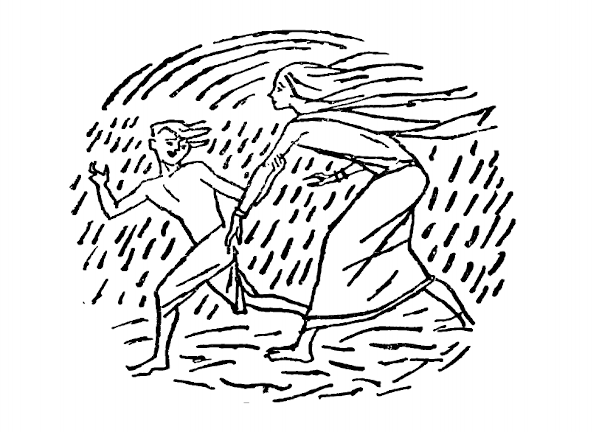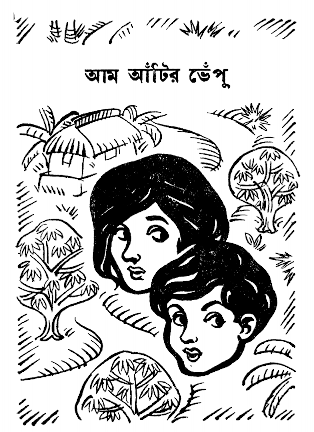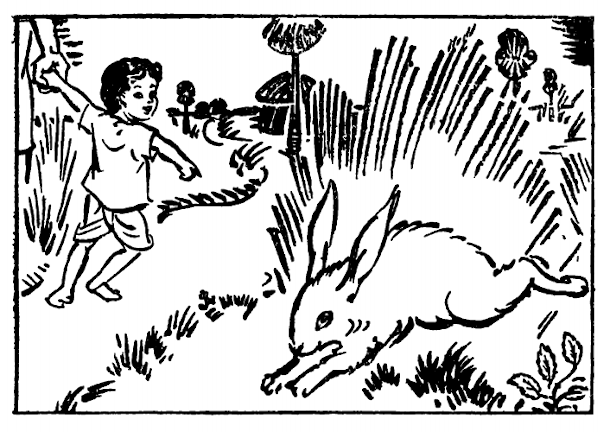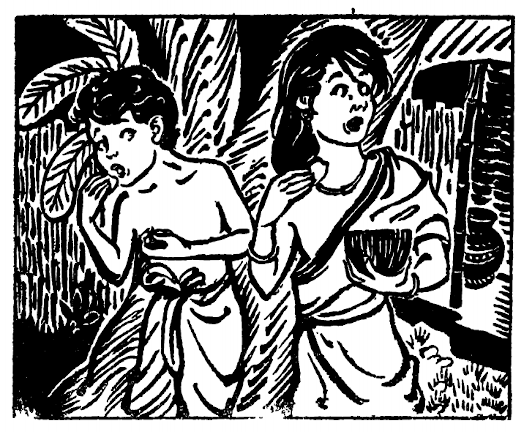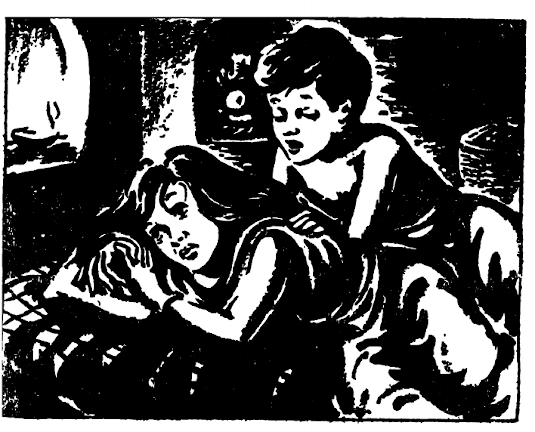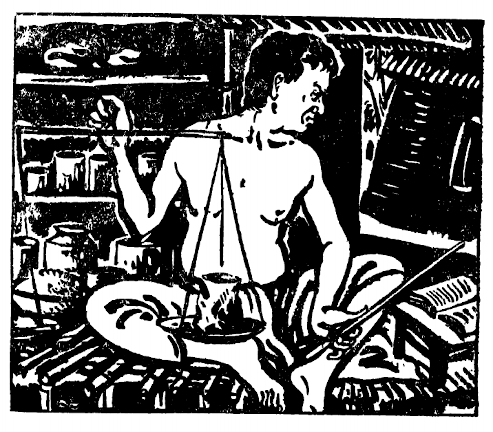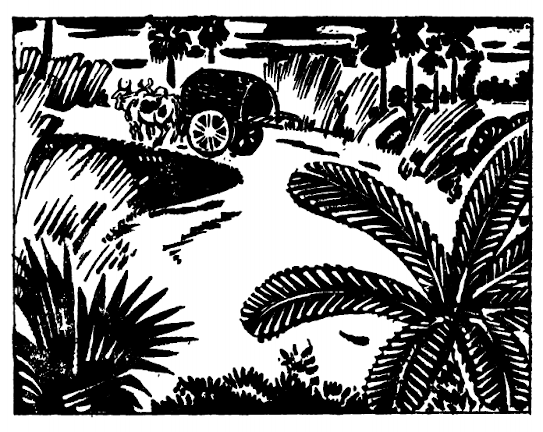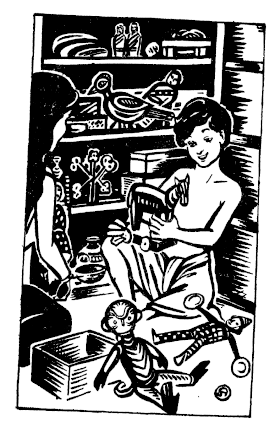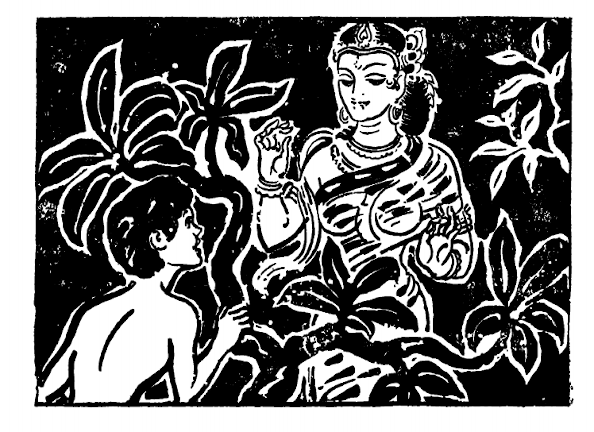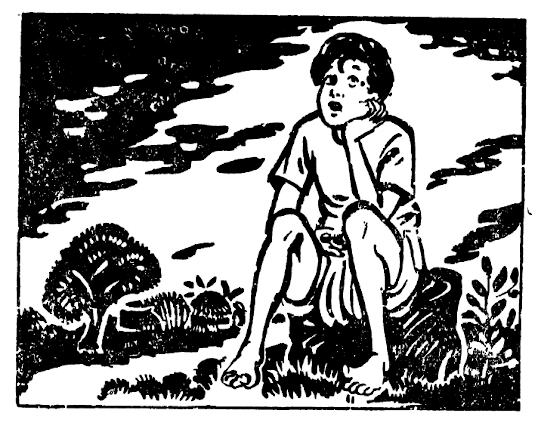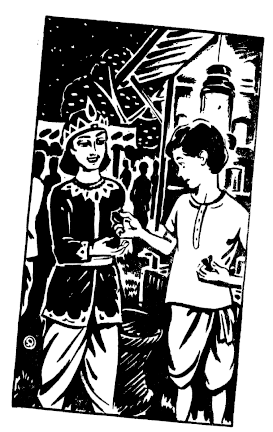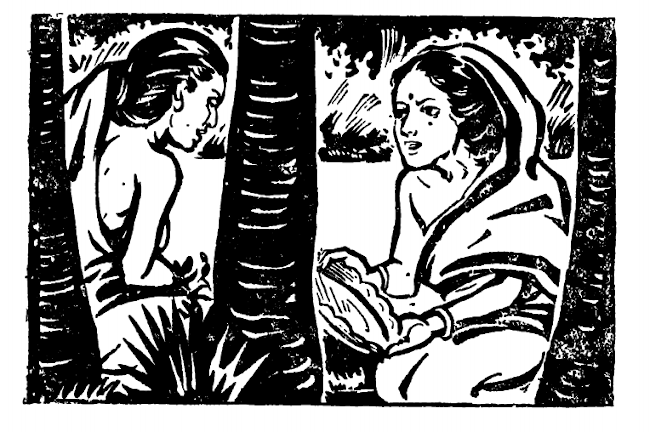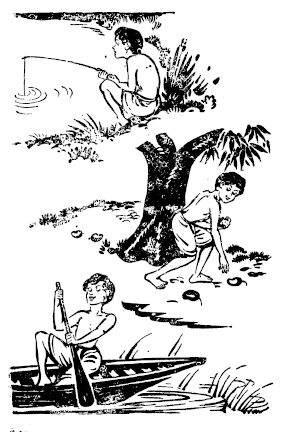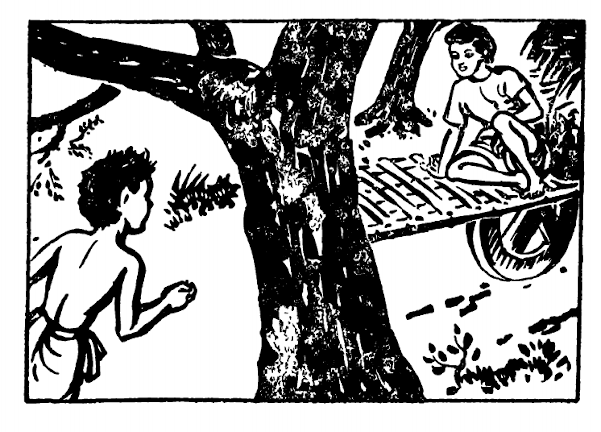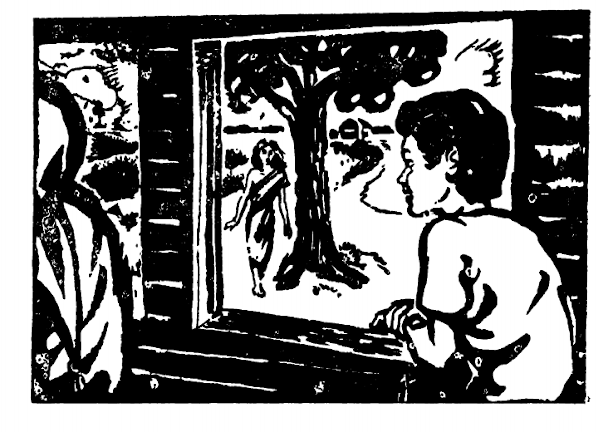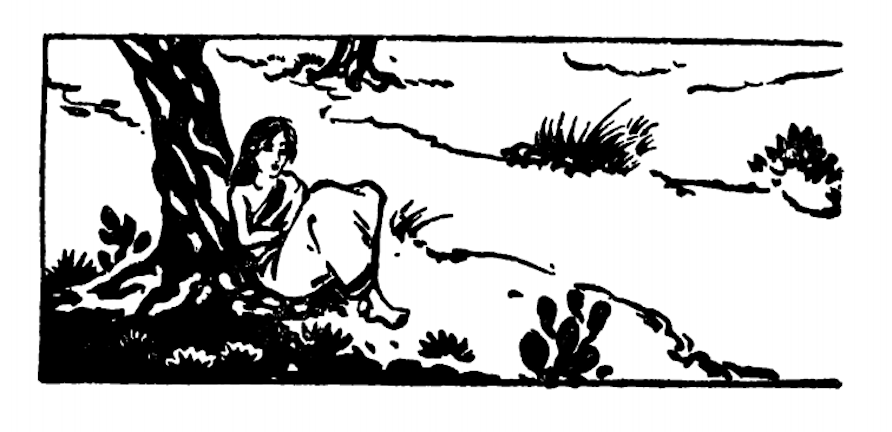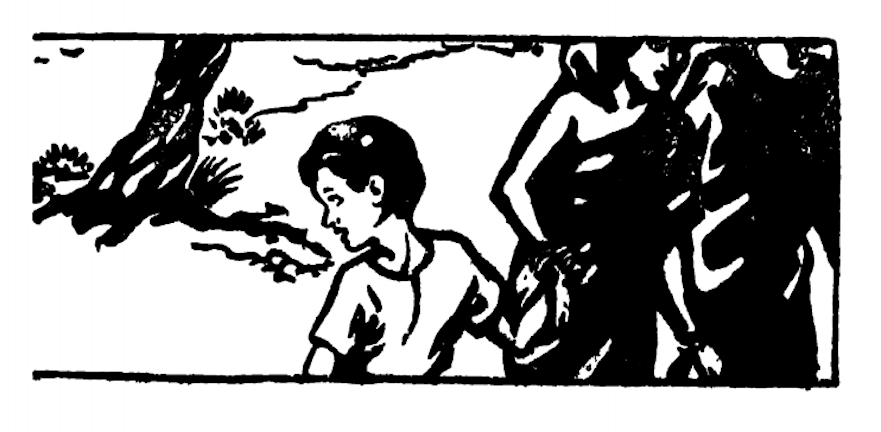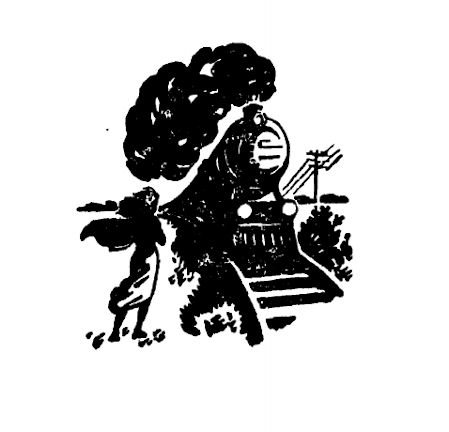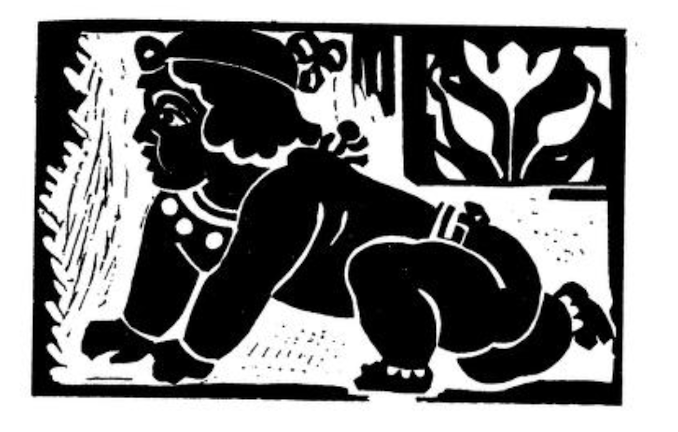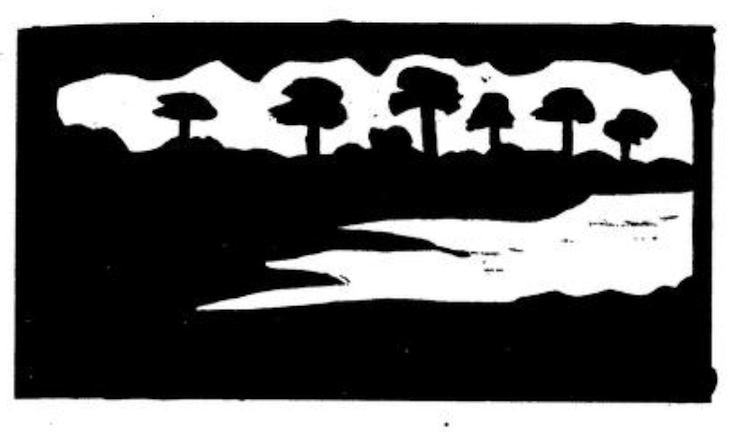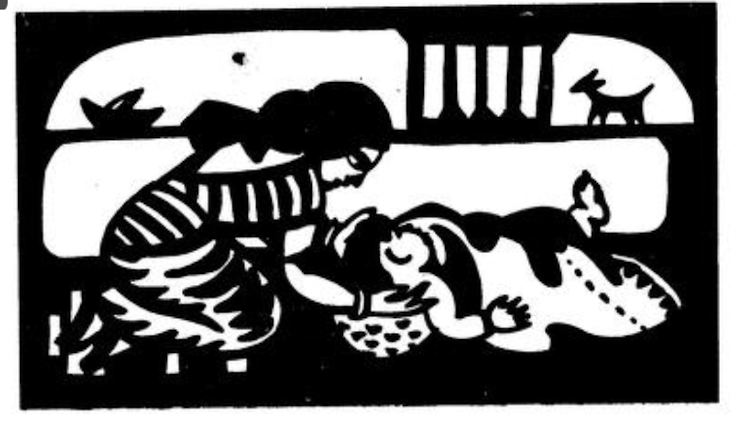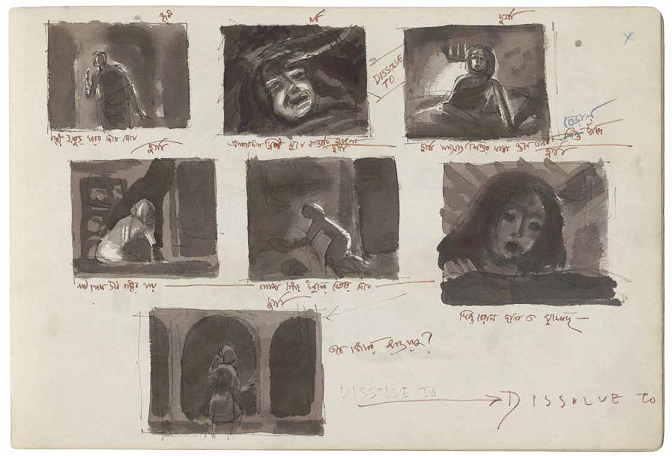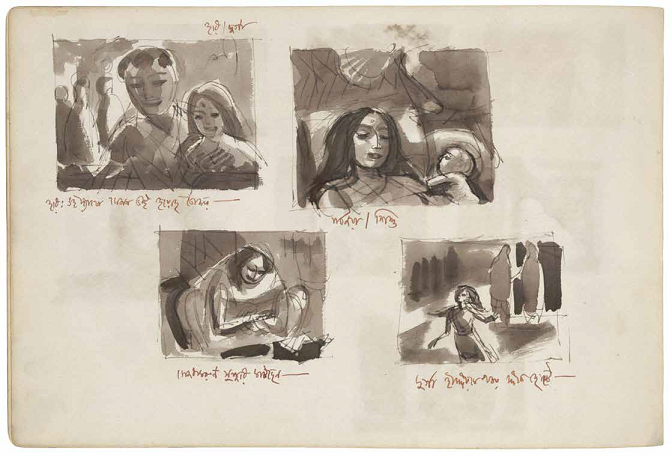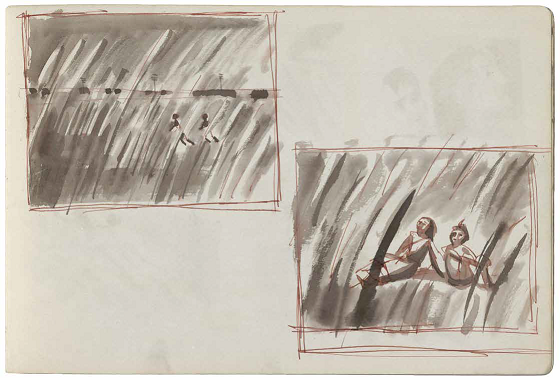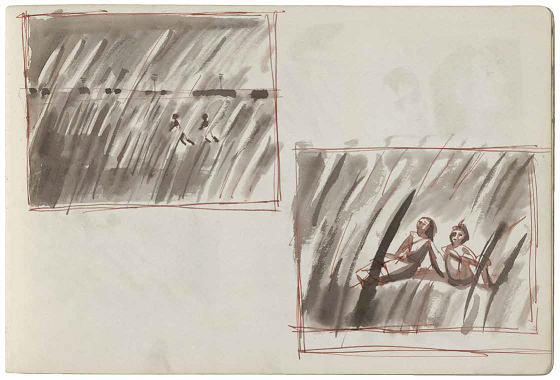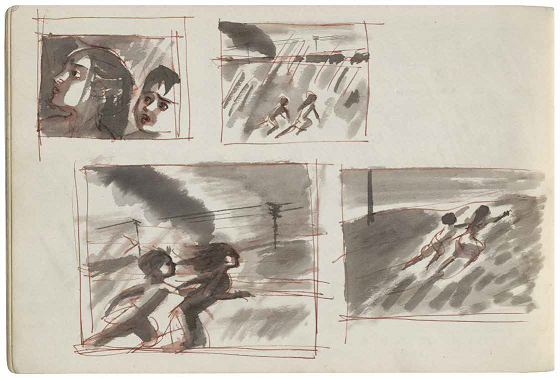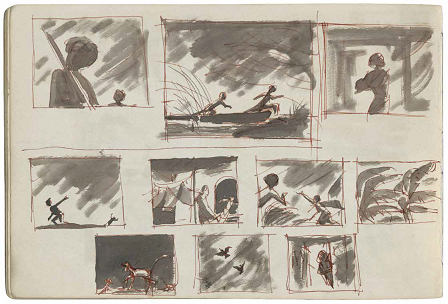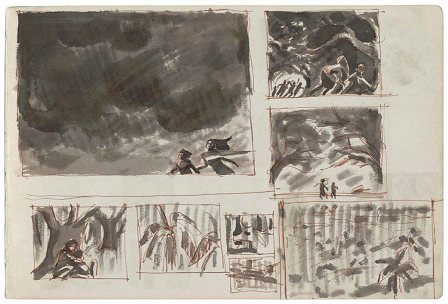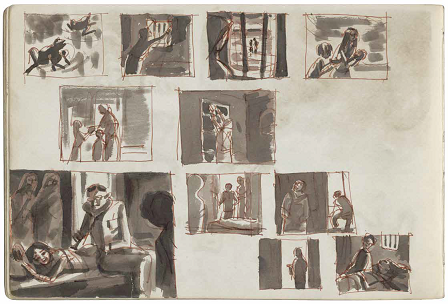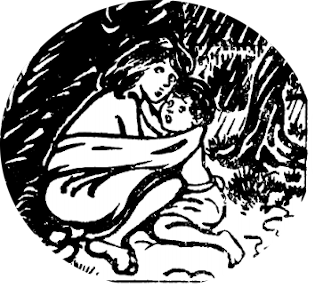
From a Seed to Magnum Opus
You always wonder what was the spark that inspired Sarat Chandra to write Charitraheen, Tagore to compose Gitanjali, and Einstein to come up with the theory of relativity. I never looked it up. Newton first thought about gravity after he observed an apple falling from a tree. As for Satyajit Ray, it was the opportunity to illustrate a children’s novel, Aam Antir Bhepu (Mango Seed Whistle), which ultimately led him to direct his magnum opus - Panther Panchali (Song of the Road), the first movie of his Apu trilogy.
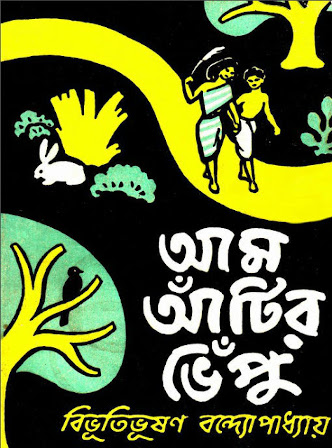
Front cover of Aam Antir Bhepu
In 1944 (or 1945), Ray received an offer from D. K. Gupta, the owner of Signet Press, to illustrate Aam Antir Bhepu - an abridged version of the Bengali novel Panther Panchali by Bibhuti Bhushan Bandyopadhyay. At that time Ray was still working for D. J. Kaymer, the British advertising agency, while also freelancing on the side for Signet Press designing book covers. D. K. Gupta, who went by DK, started the small publishing house while he was one of the heads at Kaymer. Ray owed a great deal to DK, for not only giving him his first job but also for suggesting that the abridged version would make a great movie.
When Ray was first approached by DK to illustrate Aam Antir Bhepu, he hadn’t read Panther Panchali. DK gave him a copy and reminded him that he had to illustrate the abridged version. Ray laid the blame on not reading the book to his preoccupation with music and films. He ended up drawing twenty-one wood-cut illustrations, including the front cover, for Aam Antir Bhepu. They captured every day life of a young boy named Apu and his family who were having a tough time making ends meet.
My first glance at Ray’s drawings reminded me of the linocut paintings of Nandalal Bose in part one of Tagore’s Sahaj Path - a Bengali primer for every child of my generation and earlier. Probably, it’s no longer the case today. It’s not surprising Ray was influenced by Bose who was one of his mentors at Santiniketan. The illustrations follow the old Bengal tradition of Kalighat Pat.
Panther Panchali again came back to Ray’s life when he was asked to draw Bibhuti Bhushan Bandyopadhyay as part of an advertising campaign for an ink manufacturer. It was probably during this time that he got acquainted with Bibhuti Bhushan’s family which will later prove to be crucial in getting the film rights for Panther Panchali. Mrs. Rama Bandyopadhyay, Bibhuti Bhushan’s widow, remained a steadfast supporter of Ray even when another producer, who Ray approached earlier for financing, tried to snag the film rights under him.
It was the spring of 1950 when the idea of turning the story into a movie started taking serious roots. Rays started writing down his initials thoughts of the film during his long voyage to London on an assignment for Kaymer. The treatment of Pather Panchali was completed during his trip back home after a five months stays in London. Though few of the final wash-sketches of the movie actually line up with his original illustrations, you still get the feeling it all started with the lonely mango seed.
After going through his illustrations and wash sketches for Panther Panchali, I get the impression that the movie was just a live re-enactment of his drawings where nature was brought to life. The dialogs and the screenplay were just an afterthought - the magic of the movie lies in its shot composition, photography, editing, and Ravi Shankar’s evocative music. The scenes in the movie looked so natural that they reminded me of the photography of Henri Cartier-Bresson and the rest is history.
